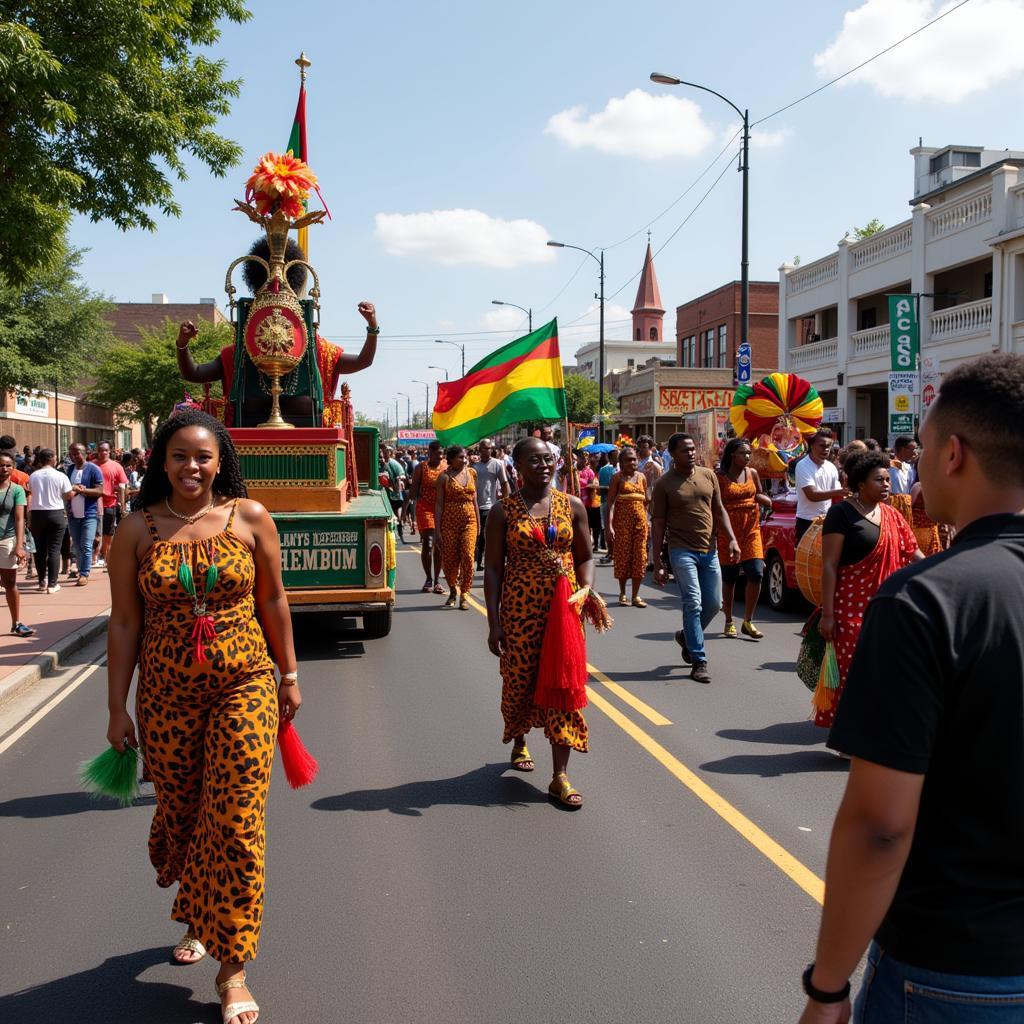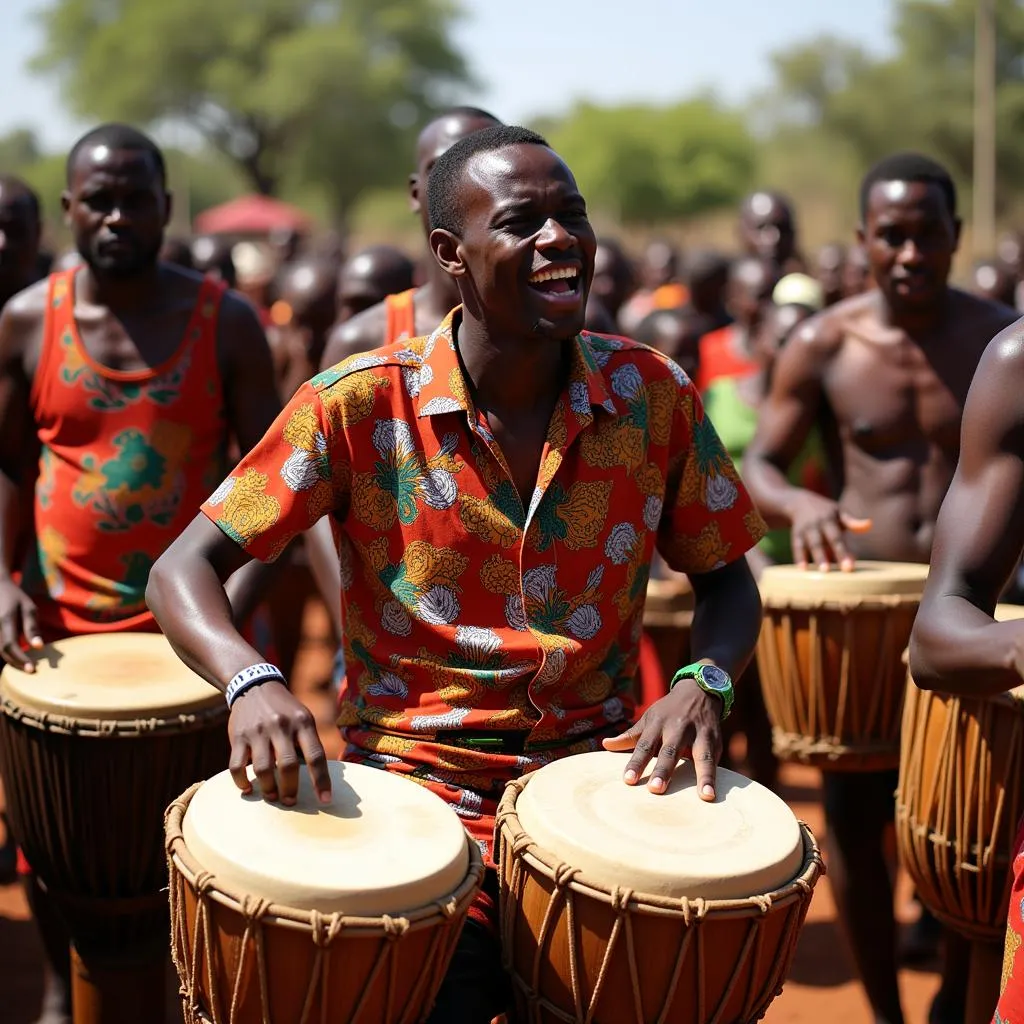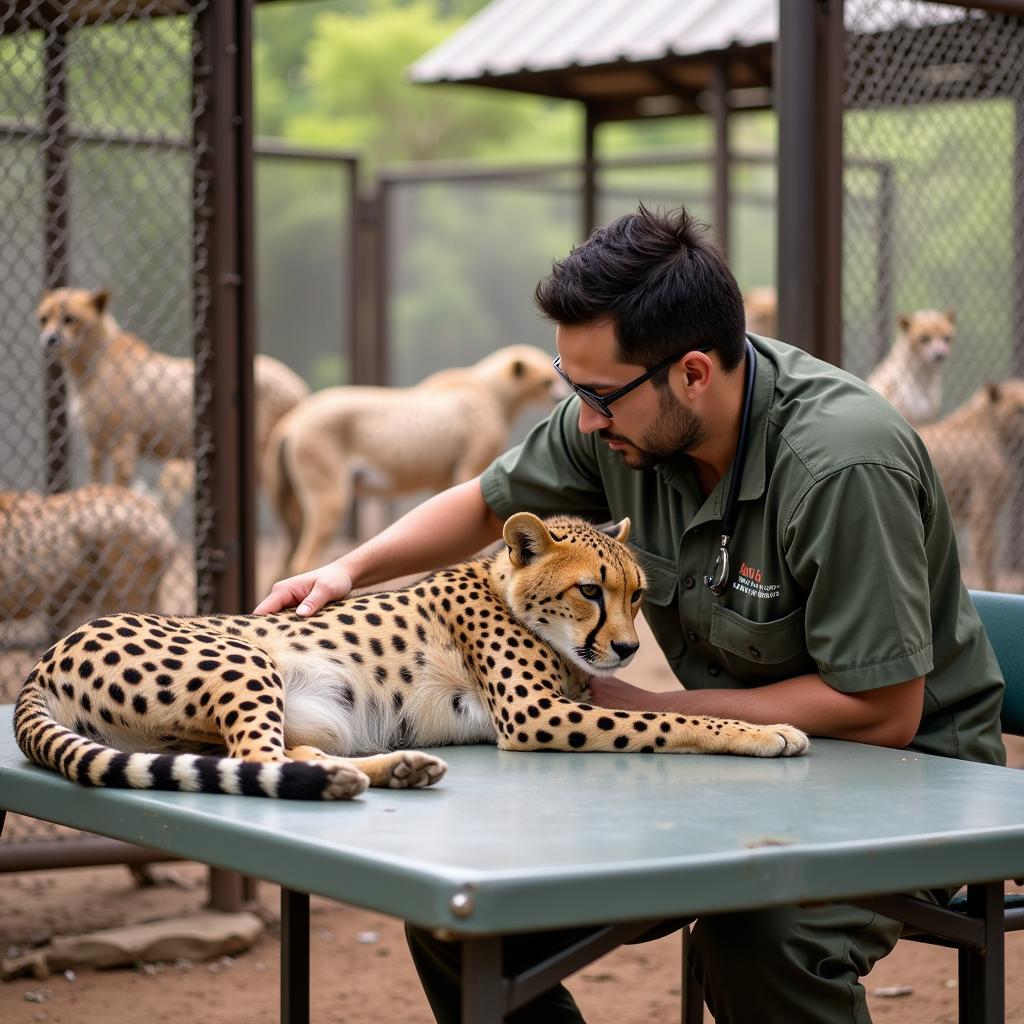Unveiling the Rhythm of Africa: A Journey into African Dance Moves
African Dance Moves are more than just steps; they are a vibrant tapestry woven from the rich cultural heritage of a continent. From the energetic Gwara Gwara of South Africa to the elegant Eskista of Ethiopia, African dance forms pulsate with the history, spirituality, and daily life of diverse communities. This exploration delves into the captivating world of African dance, uncovering its significance, diversity, and global impact.
The Language of Movement: Understanding the Significance of African Dance
In Africa, dance transcends mere entertainment. It’s a powerful form of communication, expressing emotions, strengthening social bonds, and preserving cultural identity. Each dance tells a story, whether it’s a celebration of harvest, a rite of passage, or a tribute to ancestors.
For centuries, dance has served as a vital tool for transmitting knowledge, values, and traditions across generations. Through intricate footwork, rhythmic body isolations, and expressive gestures, dancers embody the spirit and history of their people.
A Continent of Diversity: Exploring Regional Dance Styles
Africa’s vast landscape mirrors its diverse dance forms. Each region boasts unique styles shaped by local customs, musical traditions, and geographical influences.
West Africa: Where Rhythm Reigns Supreme
West African dance styles, known for their polycentric movements and vibrant energy, often involve multiple body parts moving independently to intricate rhythms.
- Gwara Gwara (Nigeria): This contemporary street dance, characterized by its infectious energy and rapid leg movements, has taken the world by storm. Gwara Gwara embodies the youthful spirit and creativity of modern Africa.
- Moribayassa (Guinea): This celebratory dance, performed at weddings and festivals, involves graceful arm movements, flowing skirts, and a contagious joy that spreads through the crowd.
East Africa: Elegance and Storytelling Through Movement
East African dance traditions often feature fluid, graceful movements that emphasize storytelling and emotional expression.
- Eskista (Ethiopia): This captivating dance form centers around rapid shoulder movements and intricate head undulations. Eskista dancers, often accompanied by traditional Ethiopian music, captivate audiences with their extraordinary control and fluidity.
- Indlamu (South Africa): This powerful Zulu war dance, traditionally performed by men, features high kicks, synchronized movements, and a rhythmic stamping of feet that resonates with power and strength.
The Global Stage: African Dance Moves in Modern Culture
African dance moves have transcended geographical boundaries, influencing contemporary dance forms, music videos, and popular culture worldwide.
From Stage to Screen: The Enduring Influence
The impact of African dance is evident in various art forms:
- Contemporary Dance: Pioneering choreographers like Alvin Ailey drew inspiration from African dance traditions, incorporating its rhythms, energy, and storytelling elements into their work.
- Music Videos: Artists like Beyoncé and Michael Jackson have showcased African dance moves in iconic music videos, introducing a global audience to the vibrancy and artistry of these traditions.
A Celebration of Heritage: Learning and Experiencing African Dance
Today, numerous opportunities exist to experience the joy and power of African dance firsthand:
- Dance Classes: Studios worldwide offer classes in various African dance styles, providing a fun and engaging way to learn the steps, rhythms, and cultural context.
- Cultural Festivals: Festivals celebrating African culture often feature vibrant dance performances, offering a glimpse into the diversity and beauty of these traditions.
Conclusion
African dance moves are a testament to the continent’s rich cultural heritage, offering a captivating glimpse into the history, spirituality, and daily life of its people. From the energetic Gwara Gwara to the elegant Eskista, each dance tells a story, expressing emotions, strengthening social bonds, and preserving cultural identity. As these traditions continue to evolve and inspire, the rhythm of Africa will undoubtedly continue to captivate audiences worldwide.
Do you have any questions about African dance moves? Here are some frequently asked questions:
FAQ:
-
What are some of the most popular African dance moves?
Some popular African dance moves include Gwara Gwara, Eskista, Indlamu, and Moribayassa. -
What is the significance of costumes in African dance?
Costumes play a vital role in African dance, often reflecting regional identities, social status, and the specific story being told through the dance. -
Are there different dance styles for men and women?
While some dances are traditionally performed by a specific gender, many African dance forms include both men and women. -
How can I learn African dance?
You can learn African dance by joining a local dance class, attending workshops, or even following online tutorials. -
Where can I watch live performances of African dance?
Live performances of African dance can be found at cultural festivals, dance theaters, and even some community centers.
For more information on African culture, music, and traditions, explore other articles on our website. Contact us at +255768904061, email us at kaka.mag@gmail.com, or visit us at Mbarali DC Mawindi, Kangaga, Tanzania. Our customer service team is available 24/7 to assist you.


